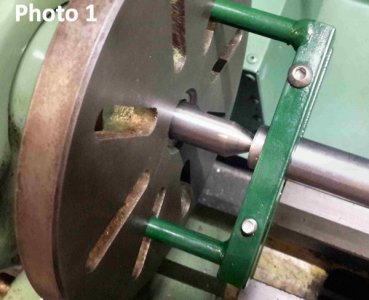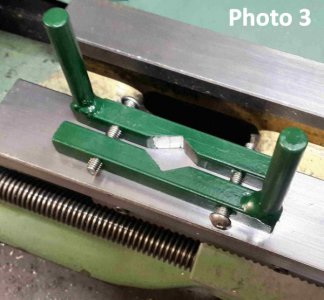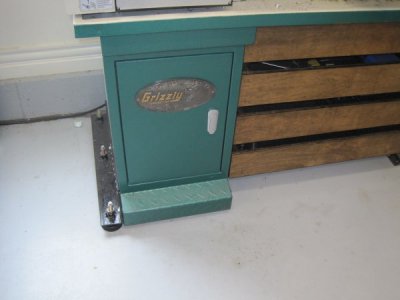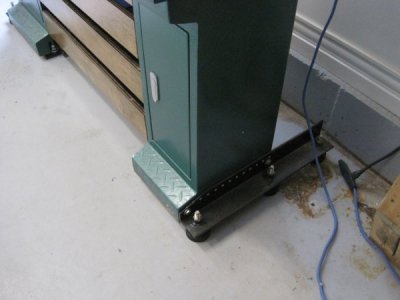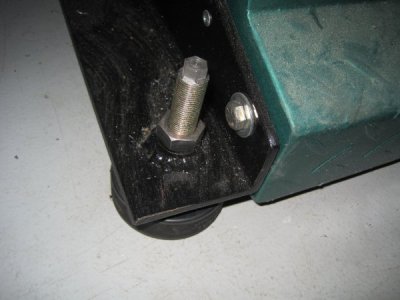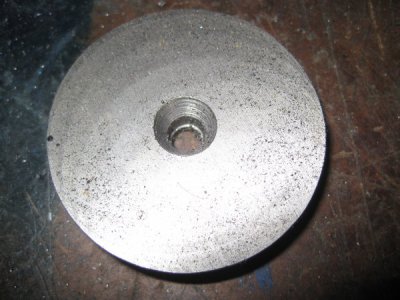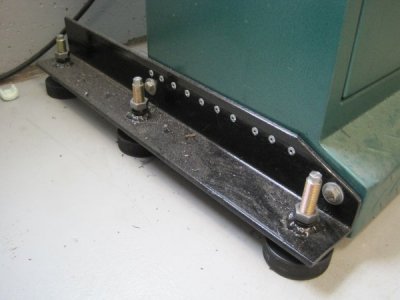Make sure all the screws and bolts are tight.
If you mean the base there are no bolts except for the center connector piece. The cabinets are like 1/8" material bent and welded together. Tops feels like 1/4" and bottom is more like 3/8 material welded in the recesses of the cabinet for the feet not continuous bottom piece. The shelves are just some 18g maybe welded on the ends. Definitely as cheap as can be done.


